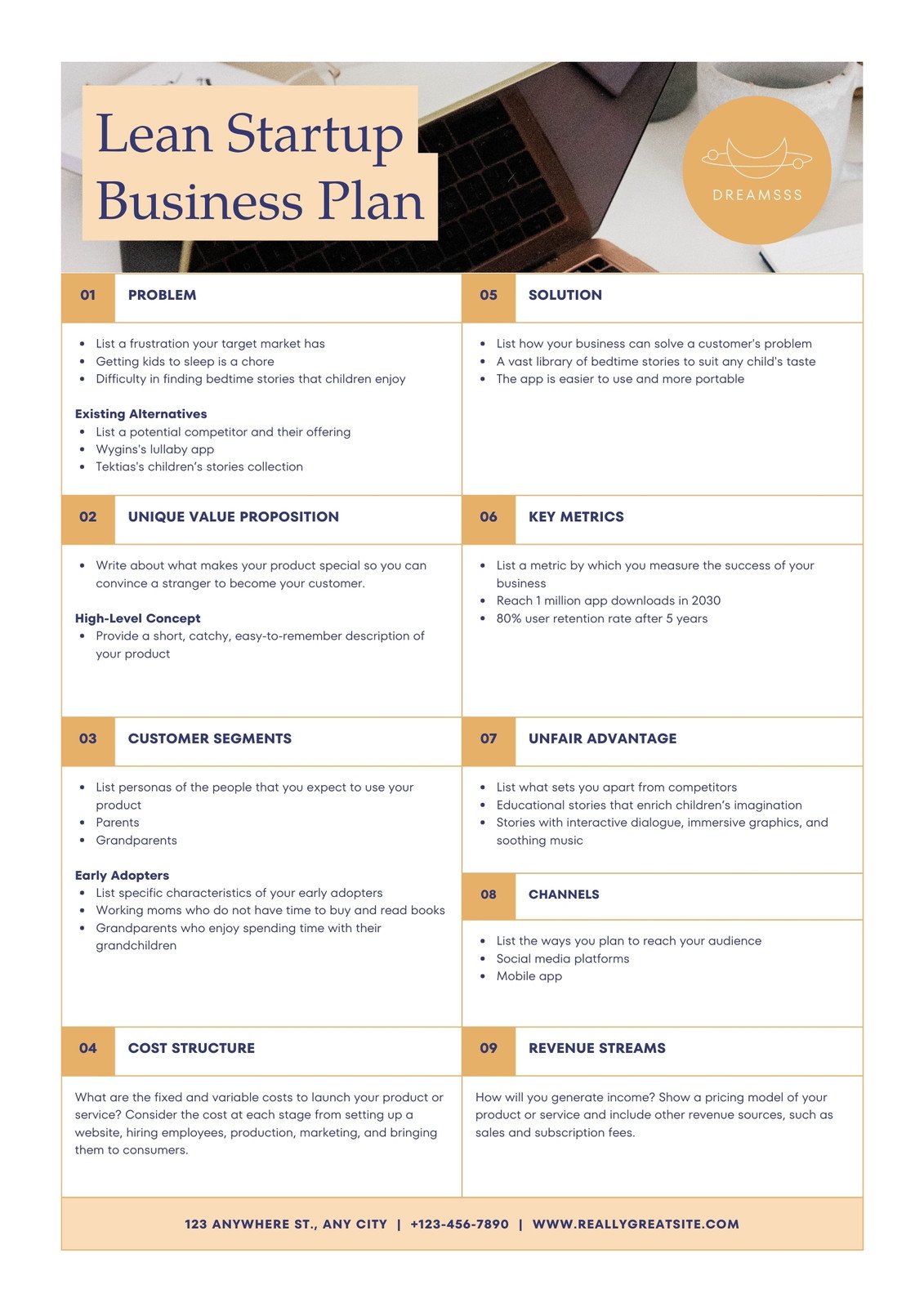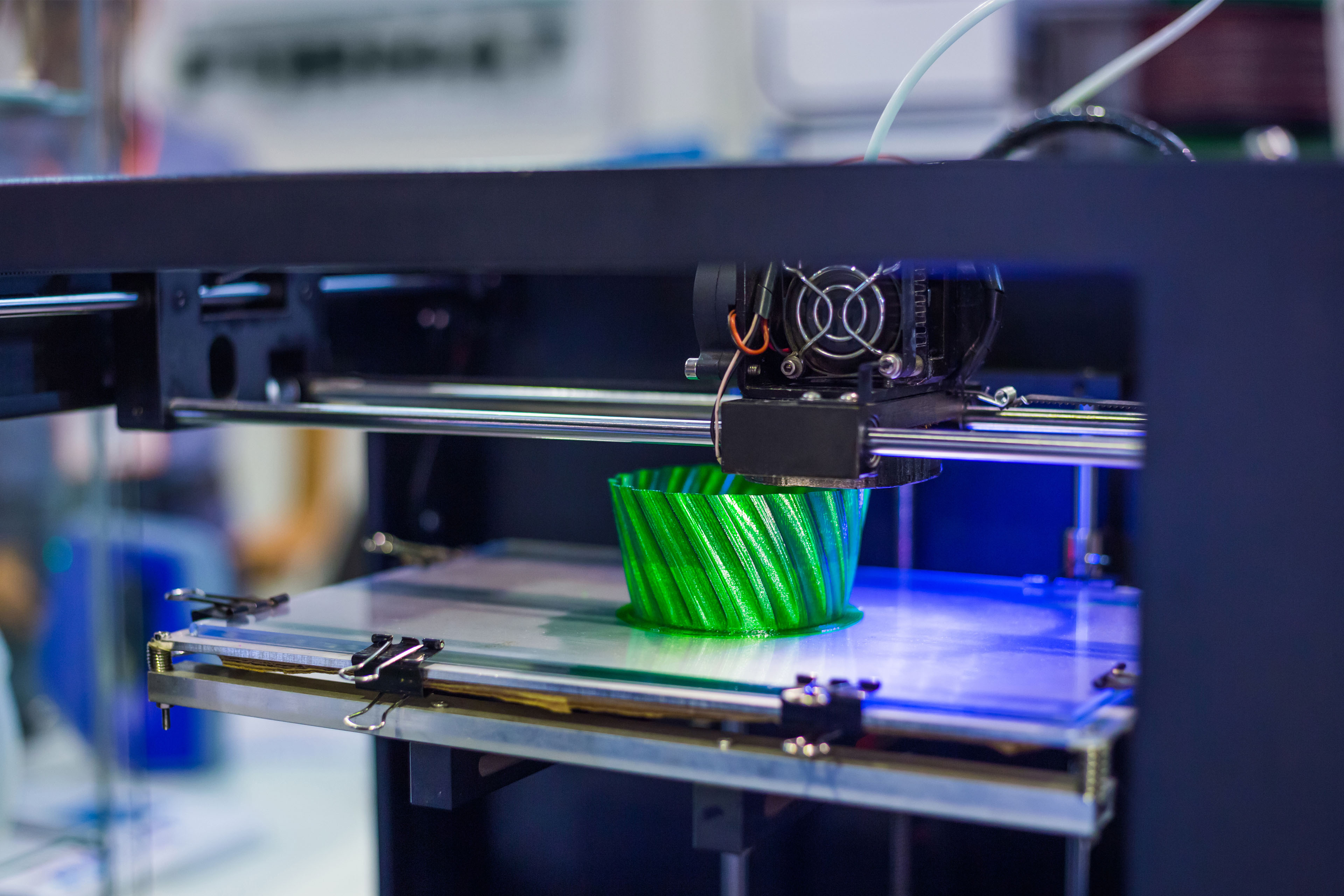Unlocking the Potential of Additive Manufacturing
The world of 3D printing, also known as additive manufacturing, has been rapidly evolving over the past decade. This innovative technology has been transforming industries such as aerospace, automotive, healthcare, and consumer products, among others. As the demand for 3D printed products continues to grow, starting a 3D printing business can be a lucrative opportunity for entrepreneurs. With the ability to create complex geometries, customized products, and rapid prototyping, 3D printing has become an essential tool for businesses looking to stay ahead of the competition.
In recent years, the 3D printing market has experienced significant growth, with the global market size projected to reach $50 billion by 2025. This growth can be attributed to the increasing adoption of 3D printing technology across various industries, as well as the declining costs of 3D printing equipment and materials. As a result, starting a 3D printing business can be a profitable venture, with opportunities to provide services such as 3D printing, design, and consulting to a wide range of clients.
However, starting a successful 3D printing business requires careful planning, research, and execution. It is essential to understand the latest developments in 3D printing technology, as well as the market trends and demands. By staying up-to-date with the latest innovations and advancements in 3D printing, entrepreneurs can position themselves for success in this rapidly evolving industry.
One of the key benefits of starting a 3D printing business is the ability to create customized products that meet the specific needs of clients. With 3D printing, businesses can produce complex geometries and customized products that cannot be produced using traditional manufacturing methods. This ability to create customized products has made 3D printing an essential tool for businesses looking to differentiate themselves from the competition.
In addition to creating customized products, 3D printing also offers rapid prototyping capabilities, allowing businesses to quickly test and refine their products. This rapid prototyping capability has made 3D printing an essential tool for businesses looking to bring new products to market quickly and efficiently.
Overall, starting a 3D printing business can be a lucrative opportunity for entrepreneurs looking to capitalize on the growing demand for 3D printed products. By understanding the latest developments in 3D printing technology, as well as the market trends and demands, businesses can position themselves for success in this rapidly evolving industry.
How to Turn Your Passion into a Profitable Business
Identifying your niche and target market is crucial when it comes to starting a 3D printing business. A well-defined niche helps you focus on a specific area of the market, allowing you to tailor your products and services to meet the unique needs of your customers. To start a 3D printing business, it’s essential to conduct market research to understand the demand for 3D printed products and services in your chosen niche.
Market research involves gathering data and insights about your target market, including their needs, preferences, and pain points. This information can be used to create a unique value proposition that sets your business apart from the competition. A unique value proposition is a statement that clearly communicates the benefits of your products or services and explains why customers should choose your business over others.
To conduct market research, you can use a variety of methods, including online surveys, focus groups, and customer interviews. You can also use social media and online forums to gather information about your target market and stay up-to-date with the latest trends and developments in the 3D printing industry.
Once you have identified your niche and target market, you can start to develop a business plan that outlines your goals, strategies, and tactics for success. A business plan should include a market analysis, financial projections, and marketing strategies, as well as a detailed plan for how you will produce and deliver your products and services.
In addition to a business plan, it’s also essential to develop a marketing strategy that outlines how you will reach and engage with your target market. This can include a variety of tactics, such as social media marketing, content marketing, and paid advertising. By developing a comprehensive marketing strategy, you can increase your visibility, build your brand, and attract new customers to your business.
Starting a 3D printing business requires a combination of technical expertise, business acumen, and marketing savvy. By identifying your niche and target market, conducting market research, and developing a business plan and marketing strategy, you can set your business up for success and turn your passion into a profitable venture.
Essential Equipment and Software for 3D Printing
To start a 3D printing business, you’ll need to invest in the necessary equipment and software. The type of equipment and software you’ll need will depend on the type of 3D printing services you plan to offer and the level of complexity of the products you plan to produce.
First and foremost, you’ll need a 3D printer. There are several types of 3D printers available, including Fused Deposition Modeling (FDM), Stereolithography (SLA), and Selective Laser Sintering (SLS) printers. FDM printers are the most common type of 3D printer and are suitable for producing a wide range of products, from prototypes to end-use parts.
Some popular brands of 3D printers include Ultimaker, MakerGear, and LulzBot. These printers are known for their high quality and reliability, and are widely used in the 3D printing industry.
In addition to a 3D printer, you’ll also need computer-aided design (CAD) software to create and edit 3D models. Some popular CAD software programs include Autodesk Inventor, SolidWorks, and Fusion 360. These programs allow you to create complex 3D models and prepare them for 3D printing.
Another essential tool for 3D printing is slicing software. Slicing software takes a 3D model and slices it into layers that can be printed by a 3D printer. Some popular slicing software programs include Cura, Slic3r, and Simplify3D.
Other equipment and software you may need to start a 3D printing business include a 3D scanner, a post-processing station, and a inventory management system. A 3D scanner allows you to scan objects and create 3D models from them, while a post-processing station allows you to finish and assemble 3D printed parts. An inventory management system helps you to keep track of your stock and manage your orders.
When selecting equipment and software for your 3D printing business, it’s essential to consider your budget, the type of products you plan to produce, and the level of complexity of the products. By investing in the right equipment and software, you can ensure that your business is well-equipped to produce high-quality 3D printed products and provide excellent service to your customers.
Understanding the Costs and Revenue Streams
Starting a 3D printing business requires a significant investment in equipment, materials, and marketing expenses. The cost of 3D printing equipment can range from a few thousand dollars to hundreds of thousands of dollars, depending on the type and quality of the equipment. Additionally, the cost of materials, such as 3D printing filament, can add up quickly, especially if you are producing large quantities of products.
Other startup costs associated with launching a 3D printing business include marketing expenses, such as website development, social media advertising, and trade show attendance. These costs can vary widely depending on the scope and reach of your marketing efforts.
Despite the significant startup costs, a 3D printing business can generate significant revenue streams. One of the most common revenue streams for 3D printing businesses is selling 3D printed products, such as prototypes, models, and end-use parts. Another revenue stream is offering printing services, where customers can send in their designs and have them printed on demand.
Providing training and consulting services is another potential revenue stream for 3D printing businesses. Many companies and individuals are looking for expertise in 3D printing, and offering training and consulting services can be a lucrative way to monetize your knowledge and experience.
Other revenue streams for 3D printing businesses include selling 3D printing equipment and materials, as well as offering subscription-based services, such as access to 3D printing software and equipment.
To give you a better idea of the costs and revenue streams associated with starting a 3D printing business, here are some estimated costs and revenue ranges:
Startup costs:
- 3D printing equipment: $5,000 – $500,000
- Materials: $1,000 – $10,000
- Marketing expenses: $5,000 – $50,000
Revenue streams:
- Selling 3D printed products: $10,000 – $100,000 per year
- Offering printing services: $5,000 – $50,000 per year
- Providing training and consulting services: $10,000 – $100,000 per year
Keep in mind that these are estimated costs and revenue ranges, and the actual costs and revenue of your 3D printing business may vary widely depending on your specific circumstances.
Building a Strong Online Presence
In today’s digital age, having a professional website and social media presence is crucial for any business, including a 3D printing business. A strong online presence allows you to showcase your products and services, connect with customers, and establish your brand as a leader in the industry.
When it comes to building a website for your 3D printing business, there are several key elements to consider. First, your website should be visually appealing and easy to navigate, with clear and concise language that effectively communicates your value proposition. Second, your website should be optimized for search engines, with relevant keywords and meta tags that help your site rank higher in search results.
In addition to a website, social media is also an essential component of a strong online presence. Platforms like Facebook, Twitter, and Instagram provide a powerful way to connect with customers, share updates and promotions, and build your brand. By leveraging social media, you can increase your visibility, drive traffic to your website, and ultimately, grow your business.
When it comes to creating engaging content for your website and social media channels, there are several strategies to consider. First, focus on creating high-quality, relevant content that provides value to your customers. This can include blog posts, videos, and tutorials that showcase your expertise and provide solutions to common problems. Second, use eye-catching visuals and graphics to make your content stand out and capture attention.
Another key element of a strong online presence is search engine optimization (SEO). By optimizing your website and content for search engines, you can increase your visibility and drive more traffic to your site. This can include using relevant keywords, meta tags, and descriptions, as well as building high-quality backlinks from other reputable sites.
Finally, don’t forget to leverage online marketing channels to promote your business and reach new customers. This can include paid advertising on platforms like Google AdWords and Facebook Ads, as well as email marketing and influencer partnerships.
By building a strong online presence, you can establish your 3D printing business as a leader in the industry, attract new customers, and drive growth and revenue. Remember to focus on creating high-quality content, leveraging social media, and optimizing your website for search engines to get the most out of your online presence.
Developing a Business Plan and Securing Funding
A well-crafted business plan is essential for any entrepreneur looking to start a 3D printing business. A business plan outlines the key components of your business, including market analysis, financial projections, and marketing strategies. It serves as a roadmap for your business, helping you to stay focused and on track as you navigate the challenges of starting a new venture.
When developing a business plan for your 3D printing business, there are several key elements to consider. First, conduct a thorough market analysis to understand the size and scope of your target market. This includes identifying your target audience, assessing the competition, and determining the demand for your products and services.
Next, create a detailed financial plan that outlines your startup costs, revenue projections, and break-even analysis. This will help you to determine how much funding you need to get your business off the ground and how you plan to generate revenue.
Your business plan should also include a marketing strategy that outlines how you plan to reach and engage with your target audience. This may include social media marketing, content marketing, and paid advertising.
Once you have developed a solid business plan, you can begin to explore options for securing funding. There are several options available, including loans, grants, and crowdfunding.
Loans are a traditional source of funding for small businesses. You can apply for a loan through a bank or other financial institution, and use the funds to cover startup costs such as equipment purchases and marketing expenses.
Grants are another option for securing funding. Grants are typically offered by government agencies or non-profit organizations, and are often targeted towards specific industries or business types.
Crowdfunding is a newer option for securing funding. Platforms such as Kickstarter and Indiegogo allow you to raise funds from a large number of people, typically in exchange for rewards or equity.
Regardless of which funding option you choose, it’s essential to have a solid business plan in place. This will help you to make a strong case for why your business deserves funding, and will give you a clear roadmap for how you plan to use the funds.
By developing a comprehensive business plan and securing funding, you can set your 3D printing business up for success and achieve your goals.
Overcoming Common Challenges and Scaling Your Business
As a 3D printing business owner, you will inevitably face challenges that can impact your ability to scale and grow your business. Some common challenges faced by 3D printing businesses include managing production workflows, ensuring quality control, and adapting to changing market trends.
Managing production workflows can be a significant challenge for 3D printing businesses, particularly as demand increases and production volumes grow. To overcome this challenge, it’s essential to implement efficient production processes and workflows that enable you to produce high-quality products quickly and efficiently.
Ensuring quality control is another critical challenge for 3D printing businesses. To ensure that your products meet the highest standards of quality, it’s essential to implement quality control processes and procedures that enable you to detect and correct defects quickly and efficiently.
Adapting to changing market trends is also a significant challenge for 3D printing businesses. To stay ahead of the competition and adapt to changing market trends, it’s essential to stay up-to-date with the latest developments in 3D printing technology and innovation.
To scale your business and expand your operations, it’s essential to have a solid plan in place. This includes identifying new markets and opportunities, investing in new equipment and technology, and hiring additional staff to support your growth.
One way to scale your business is to expand your product offerings and services. This can include offering new types of 3D printed products, such as custom phone cases or jewelry, or offering new services, such as 3D printing consulting or training.
Another way to scale your business is to expand your marketing efforts. This can include investing in social media marketing, content marketing, and paid advertising to reach new customers and promote your products and services.
Finally, it’s essential to stay focused on your core values and mission as you scale your business. This includes prioritizing quality, customer service, and innovation, and ensuring that your business remains true to its core values and mission.
By overcoming common challenges and scaling your business, you can achieve long-term success and growth in the 3D printing industry.
Staying Ahead of the Competition and Embracing Innovation
The 3D printing industry is rapidly evolving, with new technologies and innovations emerging all the time. To stay ahead of the competition and remain successful, it’s essential to stay up-to-date with the latest developments in 3D printing technology and innovation.
One way to stay ahead of the competition is to invest in research and development. This can include experimenting with new materials, technologies, and techniques, as well as collaborating with other businesses and organizations to share knowledge and expertise.
Another way to stay ahead of the competition is to focus on innovation and differentiation. This can include developing new products and services that meet the unique needs of your customers, as well as creating a unique value proposition that sets your business apart from the competition.
Embracing innovation and staying ahead of the competition requires a commitment to ongoing learning and professional development. This can include attending industry conferences and events, participating in online forums and discussions, and staying up-to-date with the latest industry news and trends.
By staying ahead of the competition and embracing innovation, you can differentiate your business and establish yourself as a leader in the 3D printing industry. This can help you to attract new customers, increase revenue, and achieve long-term success.
Some of the latest innovations in 3D printing technology include the development of new materials and technologies, such as metal and carbon fiber printing, as well as advancements in areas such as speed, accuracy, and resolution.
Additionally, the use of artificial intelligence and machine learning in 3D printing is becoming increasingly popular, enabling businesses to optimize their printing processes and improve the quality of their products.
By embracing these innovations and staying ahead of the competition, you can establish your business as a leader in the 3D printing industry and achieve long-term success.







